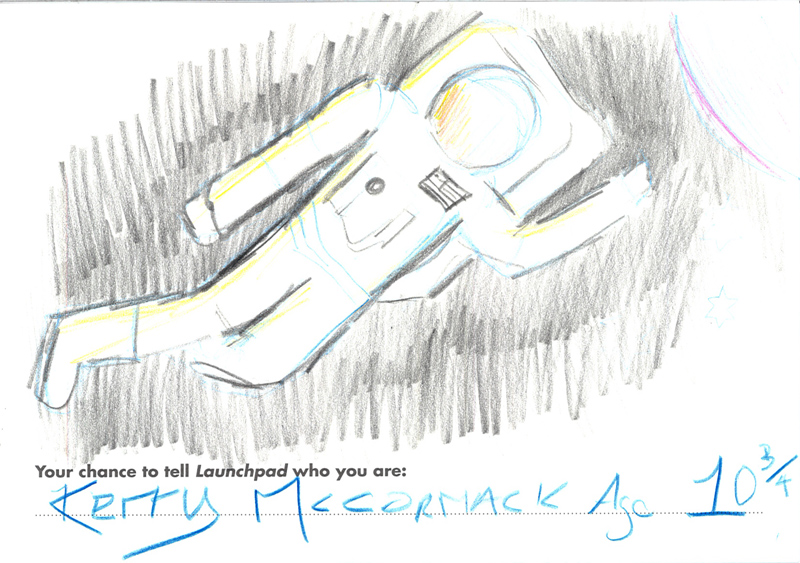
Astronauts, rockets and multi-coloured stars – visitors to our Launchpad gallery seem to have space on the brain.

Astronauts, rockets and multi-coloured stars – visitors to our Launchpad gallery seem to have space on the brain.

Last week we welcomed a group of space pioneers into the Museum to try out our new space trail. Find out what they thought
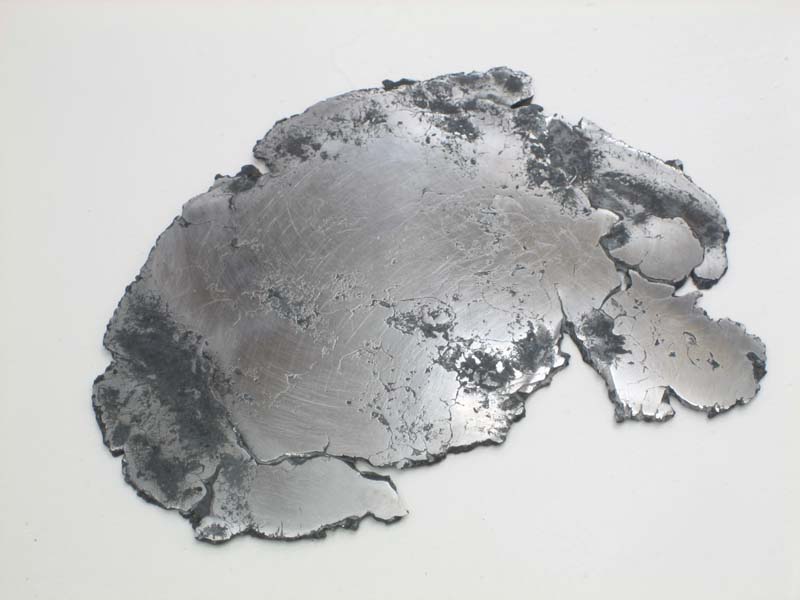
Artworks, made from meteorites that landed on Earth 6,000 years ago, are on show in the Science Museum until 30 October 2011
Our curator Doug Millard tells us about the time he journeyed from SW7 London to Houston Texas to collect a piece of the Moon.
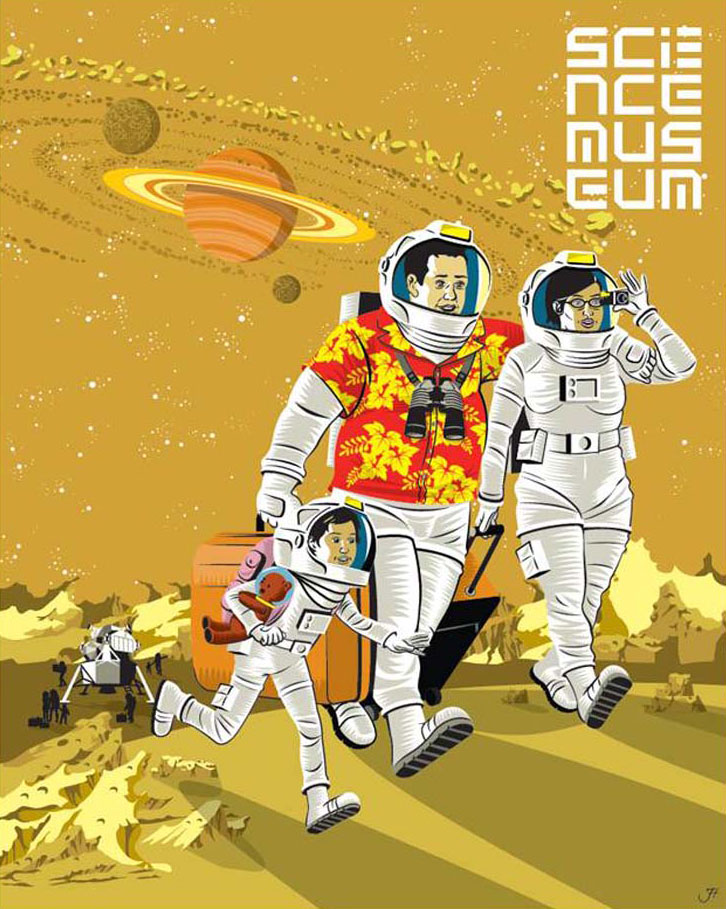
This summer, from 23 July – 31 August, we’re inviting families to spend their summer holiday in space.
We left him in orbit but now it’s time to come back to Earth. Our own version of Yuri Gagarin is back to finish the story of his historic space flight.
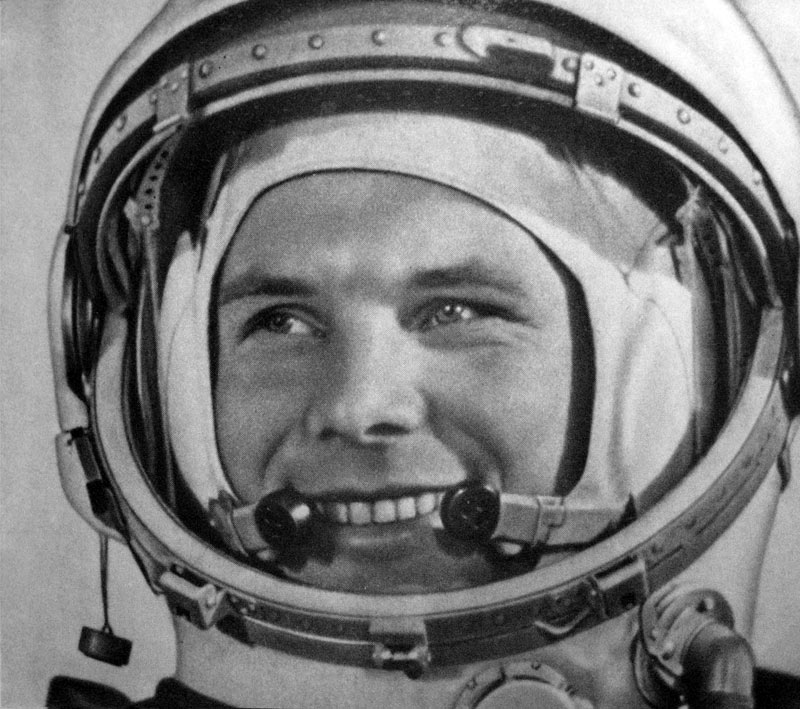
Fifty years ago today Yuri Gagarin became the first man in space. Our version of the great man is here to blog about that life-changing lift-off…
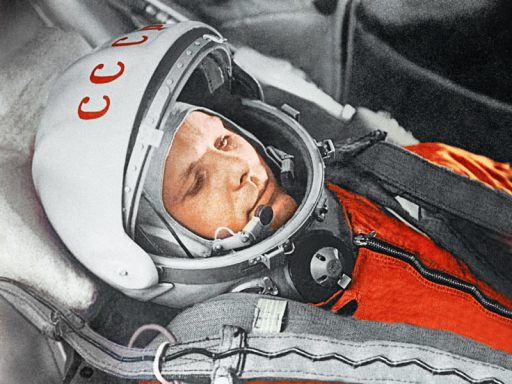
In the run-up to the 50th anniversary of the first man in space the Science Museum’s Yuri Gagarin (drama character) has kindly agreed to blog about how he was selected and trained for his mission to space.
This box contains a flight spare set of experimental surfaces for the Prospero satellite that was launched in 1971. They were designed to tell scientists more about how different satellite materials and finishes – matt, shiny etc, would behave in the temperature extremes of space. It has always reminded me of a much larger experiment flown by NASA (LDEF – which stands for Long Duration Exposure Facility) that was covered with all sorts of equivalent surfaces. The LDEF was brought […]
Our car is still fitted with a cassette player. Albums from long ago (Steely Dan and Beatles are current favourites) provide regular entertainment on journeys and are also enjoyed by the younger members of the family. I suppose we should have moved over to a CD player or something more exotic still, but somehow it seems unnecessary while the cassettes hold out (now 25 years old plus and still working fine!) I suppose the same can now be said of […]
What have Humphry Davy, Mike Melvill and my dentist got in common? Answer: They’ve all exploited the chemistry of nitrous oxide, popularly known as ‘laughing gas’. Davy experimented with euphoria-inducing properties of the gas with his friends Samuel Taylor Coleridge and James Watt. Davy was working at the Pneumatic Institution, set up by Thomas Beddoes to investigate the medical properties of inhaled or ‘factitous airs’. Davy pursued his experiments – part scientific, part recreational – with his normal con brio and was […]
The European Space Agency has just released the first all-sky map from the Planck satellite. The centre of the map is dominated by purple swirls from the dust around our Galaxy, but Planck’s main business is to look closely at the blobby structures visible in the map’s outer regions. These ‘blobs’ show temperature fluctuations in the Cosmic Microwave Background (CMB), the remnant radiation from the Big Bang. Irregularities in the CMB became the seeds of today’s galaxies. The fluctuations in the background radiation were first mapped by […]